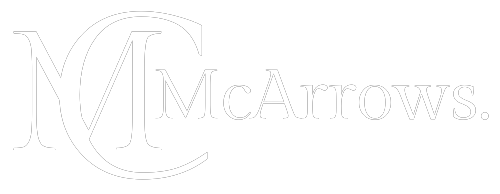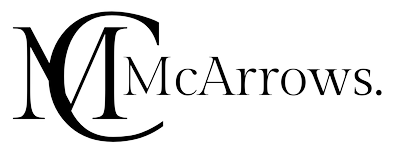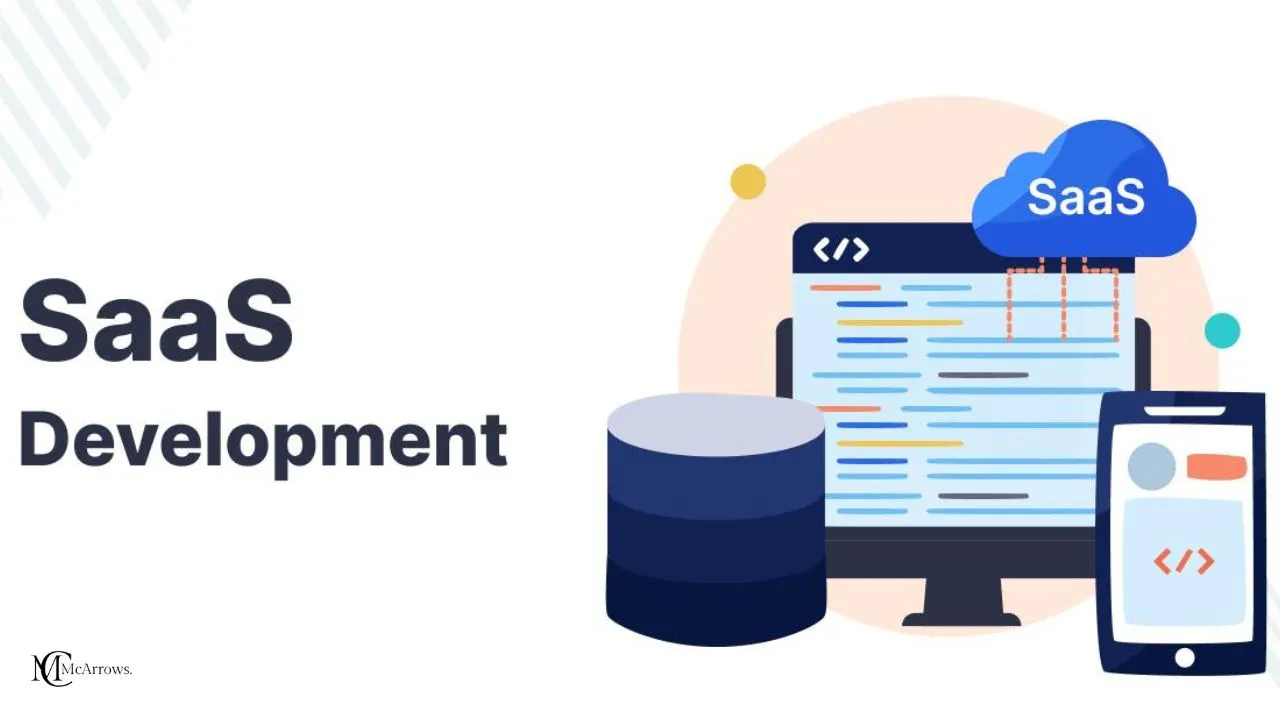Building a SaaS (Software as a Service) application can be a highly profitable venture, but the costs involved can vary widely depending on a range of factors, including complexity, functionality, and the development team. Whether you’re a startup or an established business, understanding the key cost drivers in SaaS application development is crucial for budgeting and project planning.
In this article, we’ll break down the costs involved in developing a SaaS application, covering everything from initial planning and design to deployment and ongoing maintenance.
Table of Contents
Key Factors That Affect the Cost of SaaS Application Development
The cost of building a SaaS application is influenced by several key factors:
- Complexity of Features and Functionality
- Technology Stack
- Design and User Interface (UI/UX)
- Development Team Structure
- Third-Party Integrations
- Security and Compliance
- Ongoing Maintenance and Support
1. Complexity of Features and Functionality
The more complex and feature-rich the SaaS application, the higher the development cost. Here are some common feature categories that can influence cost:
- User Authentication and Management: Secure login, role-based access, user permissions.
- Core Functionality: The primary service or tool your SaaS application provides, such as project management tools, CRM features, or financial tracking.
- Data Storage and Management: Storing user data securely, managing backups, and ensuring easy retrieval.
- Collaboration Tools: Real-time collaboration features like shared workspaces, chat functions, or file sharing.
- Custom Dashboards and Analytics: User-facing dashboards that provide insights, reports, or data visualizations.
- Notifications and Alerts: Email notifications, push notifications, and other real-time alerts.
- Payment Gateway Integration: Recurring billing, invoicing, and payment processing.
Cost Range: $10,000 to $100,000+ depending on the number and complexity of features.
2. Technology Stack
The choice of technology stack plays a significant role in development costs. Your technology stack will determine the efficiency, scalability, and performance of your SaaS application. Some common technologies used in SaaS development include:
- Frontend Development: React, Angular, Vue.js.
- Backend Development: Node.js, Ruby on Rails, Python (Django/Flask), Java, PHP (Laravel).
- Databases: PostgreSQL, MySQL, MongoDB, Firebase.
- Cloud Services: AWS, Google Cloud, Microsoft Azure.
Choosing a reliable and scalable stack is essential, but some technologies require specialized expertise, which can increase development costs.
Cost Range: $10,000 to $50,000+ depending on the technology choices.
3. Design and User Interface (UI/UX)
A well-designed UI/UX is crucial for user satisfaction and retention. If your SaaS application has a simple design with basic navigation, the costs will be lower. However, if you want a custom-designed interface with advanced features like responsive design, animations, and custom dashboards, costs will rise.
Key design costs include:
- Wireframing and Prototyping: Initial design mockups and user journey mapping.
- UI/UX Design: Crafting a user-friendly interface.
- Responsive Design: Ensuring the application works seamlessly on all devices (desktop, mobile, tablet).
Cost Range: $5,000 to $30,000+ depending on the level of customization and design complexity.
4. Development Team Structure
The team responsible for building your SaaS application will have a major impact on costs. The team structure generally includes:
- Frontend Developers
- Backend Developers
- UI/UX Designers
- Project Managers
- QA Engineers/Testers
- DevOps Engineers
There are several options for assembling a development team:
- In-House Team: Employing a team in-house gives you full control but involves high costs, including salaries, benefits, and infrastructure.
- Outsourced Team: Hiring a development team from countries with lower labor costs (Eastern Europe, Asia) can be more cost-effective, but communication and time zone differences might be challenges.
- Freelancers: Hiring freelancers can reduce costs, but managing multiple individuals without a project manager can lead to inconsistencies.
Cost Range: $50,000 to $200,000+ depending on the team structure and location.
5. Third-Party Integrations
SaaS applications often rely on third-party services to add functionality without building everything from scratch. Some common third-party integrations include:
- Payment Gateways (e.g., Stripe, PayPal): For handling subscriptions and transactions.
- Email Services (e.g., SendGrid, Mailgun): For sending emails, notifications, and alerts.
- Analytics Tools (e.g., Google Analytics, Mixpanel): For tracking user behavior and app performance.
- APIs: Connecting with external tools and services that your users rely on (e.g., CRM, marketing platforms, accounting tools).
Each third-party integration usually comes with development and ongoing costs, as well as potential subscription fees.
Cost Range: $5,000 to $30,000+ depending on the number and complexity of integrations.
6. Security and Compliance
Security is critical for any SaaS application, especially those handling sensitive data (such as financial, healthcare, or personal information). Meeting industry standards and compliance regulations (such as GDPR, HIPAA) can increase costs significantly.
- Data Encryption: Ensuring data at rest and in transit is encrypted to prevent unauthorized access.
- Access Controls and Authentication: Implementing role-based access controls, multi-factor authentication (MFA), etc.
- Compliance Audits: Hiring third-party auditors or legal teams to ensure compliance with local and international regulations.
Cost Range: $5,000 to $50,000+ depending on the level of security and compliance required.
7. Ongoing Maintenance and Support
Launching a SaaS application is just the beginning. Ongoing maintenance is essential to fix bugs, ensure performance, and roll out new features. Additionally, customer support will be required to assist users and resolve any issues they face.
- Bug Fixes and Updates: Addressing any technical issues that arise post-launch.
- Server and Infrastructure Costs: Hosting costs will vary depending on the number of users, the data stored, and the traffic on your platform.
- Customer Support: Providing help desk services, live chat, or email support.
Cost Range: $2,000 to $15,000+ per month depending on the scale and complexity of the application.
Total Estimated Cost to Build a SaaS Application
The total cost of developing a SaaS application depends on various factors, as outlined above. Here’s a rough estimate based on the size and complexity of the project:
- Basic SaaS Application: $50,000 to $100,000 (simple features, minimal third-party integrations, small team)
- Mid-Range SaaS Application: $100,000 to $250,000 (moderate complexity, multiple integrations, custom UI/UX design)
- Enterprise-Level SaaS Application: $250,000 to $1,000,000+ (advanced features, scalability, enterprise-level security, large team)
Conclusion
The cost to build a SaaS application can vary widely depending on the scope, features, design, and team you choose. While building a SaaS product is an investment, proper planning, and budgeting can ensure a successful launch and long-term growth. By understanding the key cost drivers, you can make informed decisions that align with your business goals and budget.

CEO, McArrows
Leverages over seven years in tech to propel the company forward. An alumnus of Purdue and Amity, his expertise spans IT, healthcare, aviation, and more. Skilled in leading iOS and backend development teams, he drives McArrows’ technological advancements across diverse industries.








